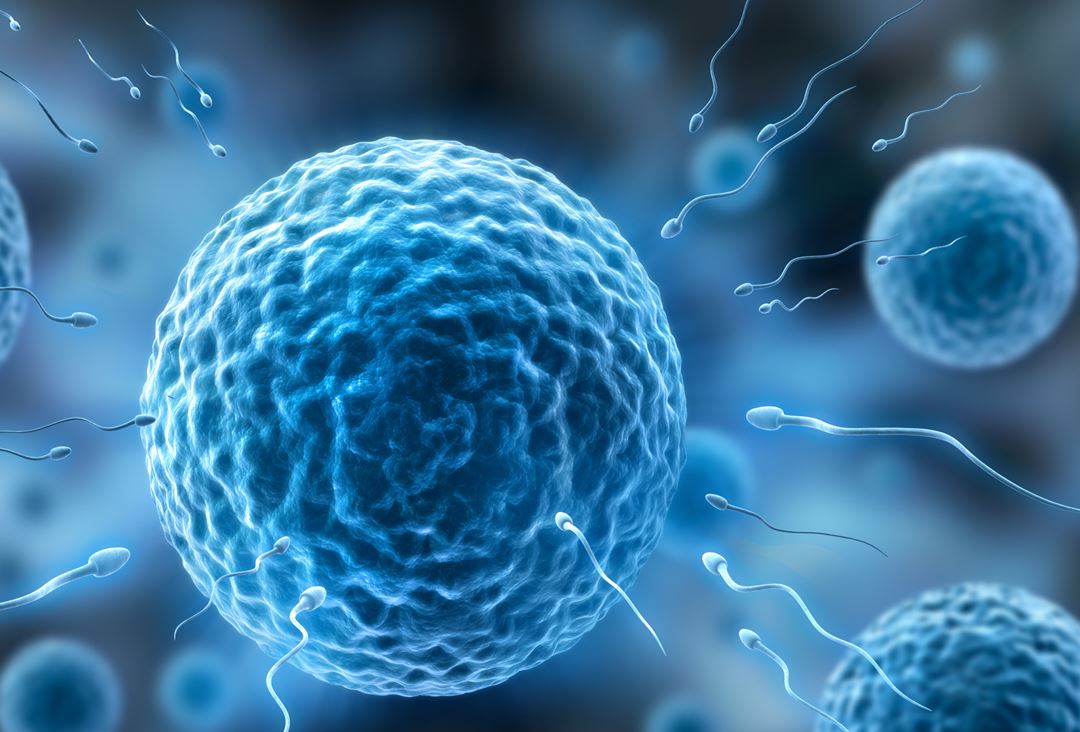Répercussions sur l’évolution de la grossesse
Advanced maternal age is an extensively studied risk factor for
adverse reproductive outcome (Hassold and Chiu, 1985; Aldous and
Edmonson, 1993; van Katwijk and Peeters, 1998; Nybo Andersen et al.,
2000; Bacak et al., 2005; Cleary-Goldman et al., 2005; Delpisheh et al.,
2008; Nelson, Telfer, and Anderson, 2013; Waldenstrom et al.,
2017; Lisonkova et al., 2017). The reproductive risks associated with
advanced maternal age (usually defined as age≥35 years) form an
integral part of preconception counselling and are well known to the
general public (Heffner, 2004). Moreover, clinical policy is based on
this knowledge, for instance, maternal age-related access criteria for
in vitro fertilisation (IVF) treatment (National Collaborating Centre
for Women’s and Children’s Health (UK), 2013). In contrast, less
attention has been paid to the potential effect of paternal age. There
are, however, studies indicating that this is unjustified. In 2018, Oldereid
et al. evaluated the influence of paternal factors on a broad spectrum of
perinatal and paediatric outcomes (Oldereid et al., 2018). They found
associations between advanced paternal age and adverse outcomes
in the offspring, particularly with psychiatric disorders like autism
spectrum disorders and schizophrenia but also with stillbirth and
several birth defects. The age of the father and the mutation rate
in the offspring are found to be strongly related, possibly due to
the larger number of germline divisions that have occurred in older
males (Crow, 2000; Kong et al., 2012). Next to a higher frequency of
point mutations, there is evidence suggesting that increasing paternal
age is associated with sperm DNA strand breaks, genetic imprinting
errors and chromosomal anomalies, all of which are factors related
to miscarriage (Sartorius and Nieschlag, 2010; Robinson et al., 2012;
Kobayashi et al., 2017). As such, from a biological point of view, it
seems justified to consider paternal age as an independent risk factor
for miscarriage.

